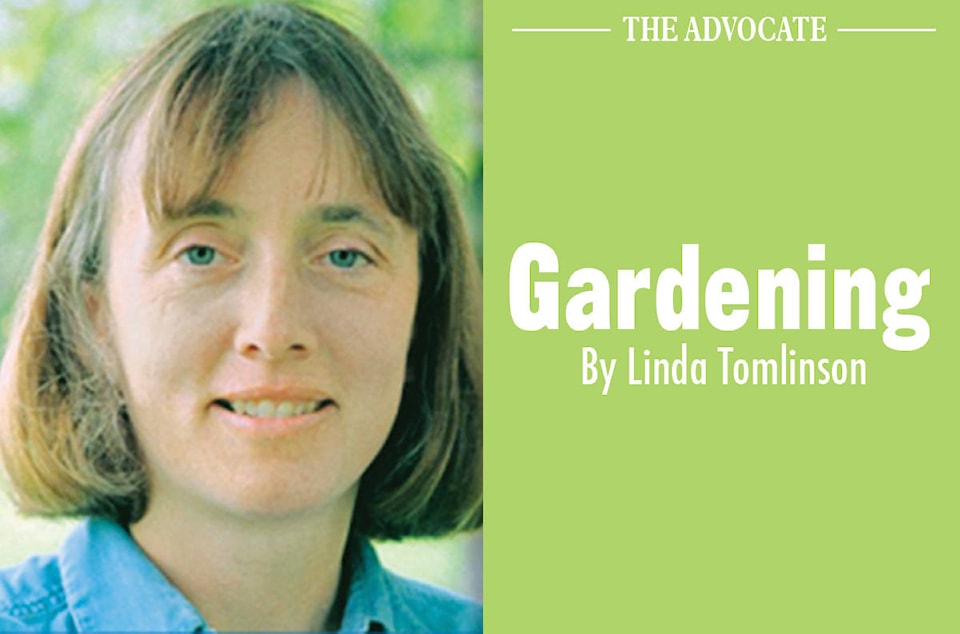Spring is arriving, Alberta style with warm days, cold days and snow. With each warm day, the urge to get outside in the garden grows. When the soil is wet it becomes a fine line between helping and harming the garden.
Spring is a great time to prune deciduous trees and shrubs. Trees are pruned to remove dead or diseased wood, branches that are crossing and for safety. The latter refers to branches that are on paths, touch buildings, or block important views.
Shrubs are pruned for many of the same reasons as trees but if they become overgrown they can be rejuvenated by removing up to a quarter of the older stems at ground level. Removing the branches in the centre of the shrub will allow light into the interior, encouraging new growth. A properly pruned shrub will have side branches from the ground to the top. The stems will not be visible when the plant is in leaf.
Walking on wet soil, with the exception of sand, causes compaction, removing space for air and water. Compacted soil forms a hard surface making it hard for roots to penetrate. This is the reason that paths form in lawns and fields. For healthy soil, keep off the lawn, out of the flowerbeds and garden until the excess moisture is gone.
Leave the lawn until the soil is dry. Raking or dethatching when the soil is wet will tear the grass crowns.
Once the lawn is dry, check to see how much thatch has built up. Maximum amount wanted is one centimetre or a half of an inch of depth. At this point dethatching is recommended. A small amount of thatch will decompose and feed the lawn but too much makes it hard for grass to thrive.
Lawns can become compacted over time. When the soil is hard to penetrate with a sharp tool, it is time to aerate, removing soil plugs. Once plugs are removed the remaining soil will move to fill up the open spaces loosening the overall structure. Just poking holes in the soil without removing plugs increases compaction around the holes. Plugs can be swept up and put in the compost or left on the top of the lawn to break down.
Once lawn basics are completed, spreading a thin layer of garden grade cornmeal can be spread on the lawn to inhibit the germination of plants.
Edging flower beds or sidewalks can be done in the spring when the soil is moist but not saturated. Cutting a deep, straight edge helps keep grass off of sidewalks and out of flower and shrub beds.
Spreading a thin layer of organic matter on shrub and flower beds will help nourish the plants and improve the soil.
Slowly remove protective mulch that has been placed on tender plants. If the mulch is removed too quickly, plants can die from heavy spring frosts. If left on too long, plants can become moldy if they are covered in a wet mulch. It is best to remove a layer at a time slowly transitioning the plant to spring.
It is time to get into the garden but remember that soil is the most important part of the garden, make sure it is dry before walking on or working it.
Linda Tomlinson has gardened in central Alberta for over 30 years. She can be reached at your_garden@hotmail.com.
